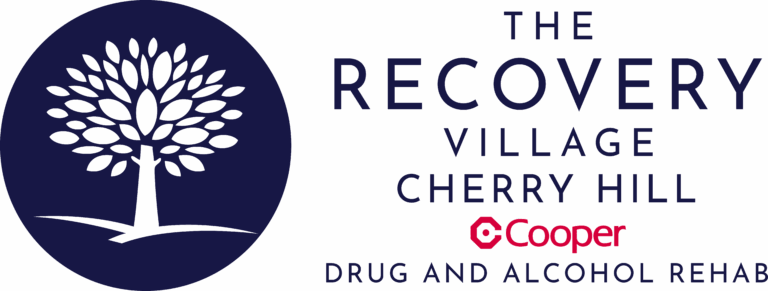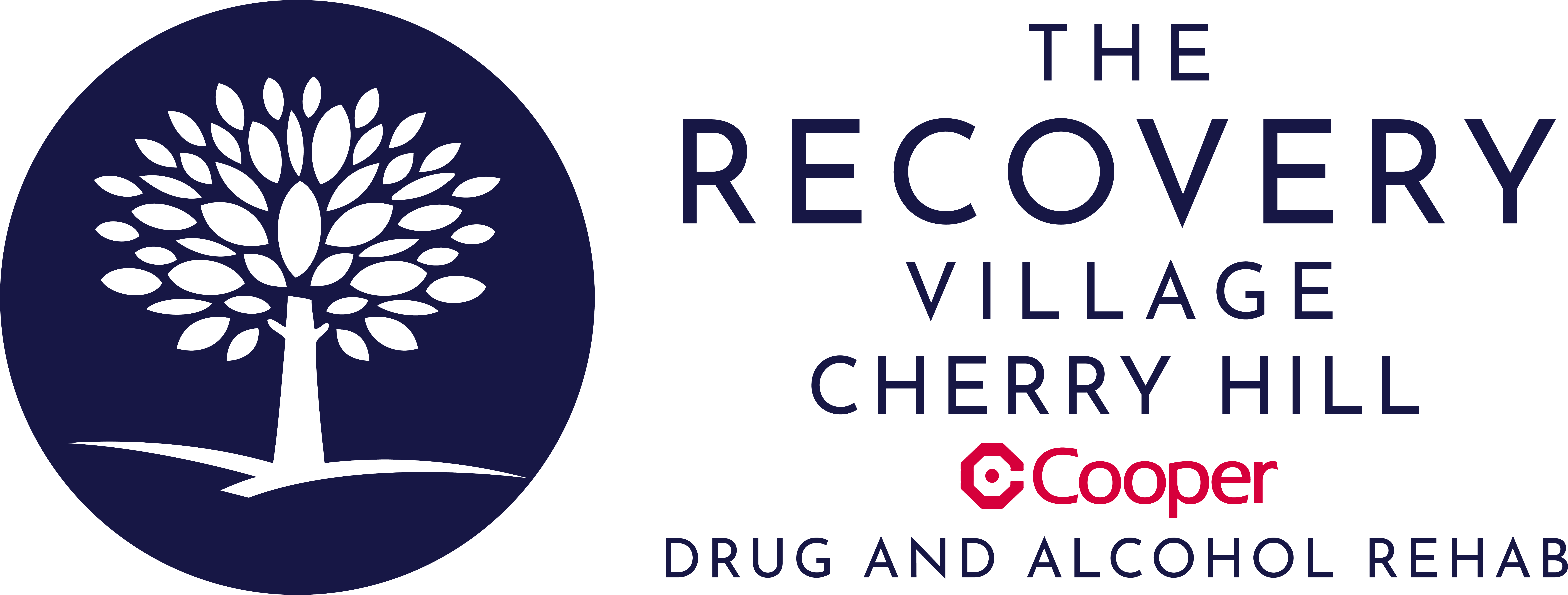Black tar heroin is an impure form of heroin produced primarily in Mexico. Like other forms of heroin, it is a Schedule I controlled substance that carries a high risk of abuse and addiction. Because it requires less processing than other forms of heroin, black tar heroin may be less expensive than purer forms of the drug. The following will provide an overview of how black tar heroin is made, its risks and where to receive heroin addiction treatment.
What Is Black Tar Heroin?
Black tar heroin is the most common type of heroin in the western part of the United States. Though it may be present in other parts of the country, it’s far less common. Black tar heroin is often brown or black in color, reflecting the impurities it contains. In contrast to white powder heroin, which often exceeds 50% purity, black tar heroin is only around 25% to 30% pure.
Black tar heroin may look sticky like tar or like a chunk of rock or coal. It often has an odor and may smell like vinegar. Common street names for the drug in Texas—a black tar heroin hotspot—include:
Recovery Can Be Life Changing
Whether you or a loved one is struggling with addiction, our expert team is here to guide you every step of the way. Don’t wait— reach out today to take the first step toward taking control of your life.
“My life has became something that I’m proud of and something I can be grateful for.“
– Joseph McDermott, The Recovery Village Cherry Hill Alumni
- Big H
- Dr. Feelgood
- Smack
- Horse
- Anti-freeze
- Dirt
- Beast
- DOA
- Mud
- Brown sugar
- Chiva
- Mexican brown
- Junk
- Black tar
- Chase the dragon
- Monkey water
- La Buena
- Harry
- Cotics
Origin of Black Tar Heroin
Black tar heroin began to emerge in the 1990s. Often sourced from Mexico and found in states west of the Mississippi River, black tar heroin was produced by small Mexican heroin dealers. This was in contrast to previous powder heroin dealers, who typically worked large-scale with cartels at the time.
The Chemistry of Black Tar Heroin
Black tar heroin is chemically different from traditional powder heroin. This is because the manufacturing process used to make the drug leaves many impurities behind. The result is a heroin product that looks very different from powder heroin and has different properties as well.
Ingredients and Manufacturing Process
Black tar heroin consists of up to 30% pure heroin. Its manufacturing processes can vary, but they are focused on being cheap. This results in the retained impurities that give the drug its dark color. In addition, black tar heroin is often cut with other substances. This can include:
- Sugar
- Starch
- Powdered milk
- Quinine
- Strychnine
- Fentanyl
Unique Properties of Black Tar Heroin
Because of its impurities, black tar heroin has some unique properties. Its appearance can vary widely and has been described as a sticky or shiny rock. Depending on its impurities and chemical processing, some black tar heroin may be brittle enough to cut with a knife, while other samples can be stretched and torn apart. Black tar heroin is typically acidic and usually stable despite being heated. It is typically dissolved in liquid and heated before being snorted or injected.
The Increasing Use of Opioids During COVID
More than 40 states, including New Jersey, saw spikes in opioid-related deaths during the COVID-19 pandemic. Through July 2020, overdose deaths in New Jersey increased by 17% compared to the previous year. Social isolation and job loss may be contributing factors, as well as limited access to support groups and counselors that would otherwise play a role in helping people remain sober. Some experts think that New Jersey may be headed for a record in opioid overdose deaths as a result of the pandemic.
Black Tar Heroin Use
Black tar heroin is highly addictive. However, most people who struggle with black tar heroin did not originally start out on the drug. Instead, approximately 80% of people addicted to heroin originally started with prescription opioid use.
Although anyone can become addicted to heroin, one study found that common characteristics among San Franciscans struggling with black tar heroin were:
- Low education level
- Unemployment
- Insecure housing
People abuse black tar heroin in various ways, including:
- Injecting, or “mainlining” the drug
- Inhaling, or “chasing” the drug
- Smoking, also called “chasing the dragon”
- Liquefying and inhaling the drug, also called “shabanging”
Black tar heroin can also be combined with other ingredients and drugs. Sometimes, it is combined with cocaine to lessen the “crash” that occurs after a cocaine high. Another combination is called “cheese,” which is a mixture of black tar heroin and over-the-counter cold medication. Cheese has been responsible for at least 40 deaths in Texas since 2004.
Another combination called “Chiva” is a mixture of black tar heroin and antihistamines. Because the active ingredients in cold medications and antihistamines are central nervous system (CNS) depressants, they can increase the effects of other CNS depressants, including black tar heroin. Further, the powerful opioid fentanyl has been found in some black tar heroin samples, making it even more dangerous.
Black Tar Heroin Effects
A high from black tar heroin can be similar to those of other heroin forms. A person may start to feel high within seconds if they inject the drug or within 15 minutes if they snort or smoke it. A black tar heroin high can last up to six hours and may have many effects, including:
- Euphoria
- Flushed skin
- Dry mouth
- Watery eyes and nose
- Small pupils
- A heavy feeling in the body
- Nausea or vomiting
- Itchy skin
- Drowsiness
- Stupor
- Slowed breathing and heartbeat
- Feelings of well-being
Because black tar heroin is less pure than white powder forms of heroin, it may cause less of a high due to its relatively lower potency. However, this does not mean that black tar heroin is safer than white powder heroin. A person may believe that lower potency means lower risk—as a result, they may overdose by taking a large quantity. Additionally, black tar heroin contains many more impurities than white powder heroin, and these impurities can cause severe infections.
Black Tar Heroin Overdose Symptoms
Overdose symptoms of black tar heroin are similar to those of purer heroin forms. They can include:
- Slowed breathing
- Slow heartbeat
- Pinpoint pupils
- Clammy skin
- Unresponsiveness
A black tar heroin overdose is a medical emergency. If the opioid reversal agent naloxone is available, it should be administered immediately; then, you should call 911. Because naloxone can wear off in as little as 30 minutes, it is important to seek emergency medical attention in case the victim lapses back into an overdose.
Risks of Injecting Black Tar Heroin
Black tar heroin is different from other injectable drugs because it can cause vein damage and infections. The acids contained in liquified black tar heroin result in a high risk of vein scarring. Because it is difficult to inject the drug into scarred veins, people who struggle with black tar heroin often begin injecting it into the skin or muscles. This can increase the risk of skin infections and otherwise rare conditions like tetanus, wound botulism and necrotizing fasciitis. Contaminants in black tar heroin can also cause a variety of other serious infections, including infections of the heart, eyes and muscles.
Black Tar Heroin Addiction Treatment
When you seek help for quitting heroin, the first step will be to safely stop using the drug. It can be tempting to try quitting black tar heroin cold turkey while riding out any withdrawal symptoms, but this can be difficult and dangerous. Further, suffering through severe withdrawal symptoms is linked to problems with staying sober in the future. For these reasons, a detox program can help your chances of long-term success.
In a medical detox facility, you stay in an inpatient setting and receive around-the-clock medical care to treat any withdrawal symptoms that arise. This can include medication-assisted treatment (MAT) with methadone or buprenorphine-containing products. Medical detox is followed by inpatient or outpatient rehab, where behavioral treatments like counseling and therapy teach you the coping skills needed to live a heroin-free life.
Treatment Centers in New Jersey
Those who struggle with black tar heroin can find support within the state of New Jersey. The state government has a fully staffed emergency addiction counseling line available around the clock at 1-844-ReachNJ. Further, the state has information about drug treatment resources on its website.
The Recovery Village Cherry Hill at Cooper is a licensed addiction treatment facility that specializes in helping people who struggle with heroin use. With a full continuum of care provided through a state-of-the-art medical rehab facility, our addiction experts are committed to helping people overcome heroin and lead a healthier, drug-free life in recovery. Contact us today to learn more about treatment plans and recovery programs that fit your needs.
Common Questions About Black Tar Heroin
What is black tar heroin?
Black tar heroin is an impure form of heroin that is smuggled from Mexico and primarily sold on the West Coast.
What does black tar heroin look like?
Black tar heroin, as its name suggests, is brown or black. It can look sticky and tar-like, or it may look like a chunk of rock or coal.
What is in black tar heroin?
Black tar heroin includes many impurities that give the drug its dark color. In fact, only up to 30% of black tar heroin is heroin. The rest of its ingredients are additives.
What does black tar heroin smell like?
Black tar heroin often smells like vinegar. The drug is usually sold as a powder and needs to be mixed with an acidic liquid like vinegar to be injected. In contrast, purer heroin is often washed after it’s produced, so it has less odor.
How is black tar heroin made?
Black tar heroin is made in a variety of different ways depending on the drug dealer. For this reason, black tar heroin can look very different depending on the dealer. The drug is processed using cheap chemicals that do not get rid of impurities. In addition, black tar heroin is often cut using a variety of other cheap additives that can be toxic.
Can someone overdose while smoking black tar heroin?
It is possible to have a deadly overdose from smoking black tar heroin. Smoked heroin begins to impact the brain within minutes.










